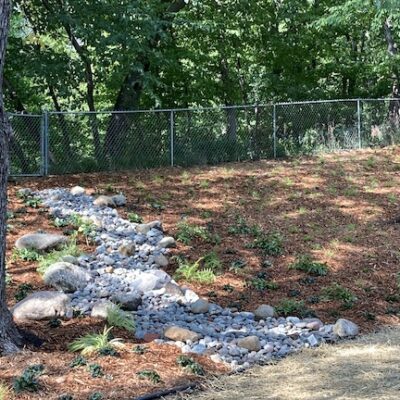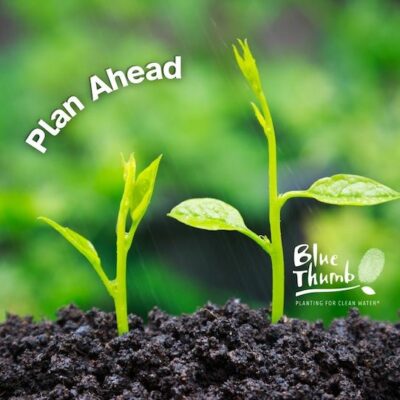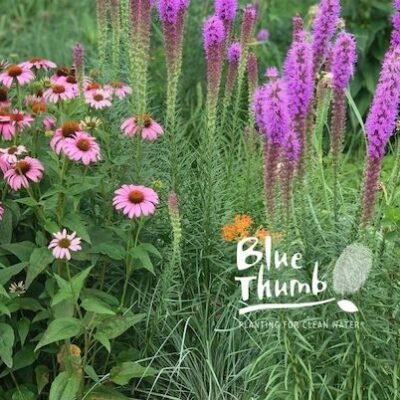Search Results
Native Plants That Grow in Maple Shade
Maple trees can be wonderful denizens of the urban landscape, growing quickly to provide shade in the summer and glorious colors in the fall. But many home gardeners are challenged… Read More →
Workshops & Online Learning
Beautify your landscape while planting for clean water and pollinator habitat. Resilient Yards workshops give participants the skills to create their own rain gardens, native plantings, pollinator habitat, and more. Use our free online learning series, register for a live virtual workshop, or do both!
Workshops
Sustainable Landcare Training
Demand for a skilled workforce in our corner of the green economy is growing. We’re seeing more and more earth-friendly practices in our landscapes, like rain gardens and other strategies for managing stormwater and native plantings that protect pollinators. We need people to take care of them. The Sustainable Landcare Training program provides youth and…
Pathways in Green Infrastructure
Career Pathways
Partnership Information
How Blue Thumb Partnership Works The Blue Thumb Partnership is a state-wide network of clean water and native plant stewards creating change to bridge the gap between knowledge and action by offering resources and programs to Minnesotans. Blue Thumb Partners include local governmental units, non-profit organizations, and private companies all working toward the same goals. The Blue Thumb Partnership supports…
Individual Support Grantee Information
Pocket Plantings
Pocket Plantings are a great way to introduce biodiversity in your yard. Starting small makes the project more manageable. It’s also easier to care for your garden as it establishes.… Read More →
Map Your Pollinator Project
Lawns to Legumes Individual Support Cost Share Grantees For grantees who are requesting reimbursement, click here to go to the grantee reimbursement page. Self-Installed Pollinator Habitat (not funded by Lawns to Legumes) Fill out the form below, selecting the appropriate “No” answer to the first question, and get your planting on the map. You may…







